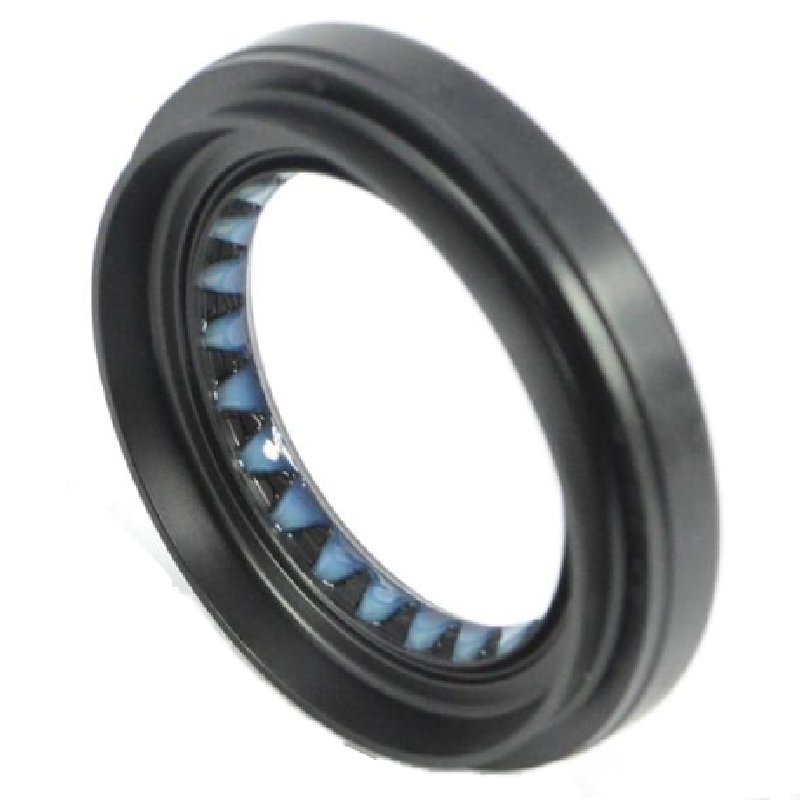Exploring the Importance of Input Shaft Seals in Manual Transmission Systems and Their Maintenance Needs
Understanding Manual Transmission Input Shaft Seals
In the realm of automotive engineering, every component plays a specific role in ensuring the overall functionality of a vehicle. One such crucial part is the manual transmission input shaft seal. This unassuming component is vital for maintaining the efficiency and longevity of a manual transmission system. In this article, we will explore the purpose, function, signs of wear, and the importance of the input shaft seal in manual transmissions.
Purpose and Function
The manual transmission input shaft seal is designed to prevent transmission fluid from leaking out of the gearbox. It seals the area where the input shaft enters the transmission case, effectively maintaining the proper fluid level necessary for the transmission to operate smoothly. The input shaft itself is connected to the engine’s flywheel, transferring power from the engine to the transmission and subsequently to the drive wheels. A well-functioning input shaft seal ensures that the fluid remains contained, lubricating the internal components of the transmission and preventing wear.
Construction and Materials
These seals are typically made from durable materials such as rubber or silicone, which are resistant to wear, heat, and the chemical properties of transmission fluid
. The design features a lip that provides a tight fit around the input shaft, allowing it to flex slightly as the shaft rotates, which helps maintain the seal under varying operational conditions.Signs of Wear and Potential Issues
manual transmission input shaft seal

Over time, even the sturdiest input shaft seals can wear out due to factors such as heat, friction, and the continuous movement of the input shaft. A common indication of a failing seal is the presence of transmission fluid leaks, which may pool beneath the vehicle over time. Drivers may also notice that their vehicle experiences difficulty shifting gears, or they may hear unusual noises coming from the transmission, indicating a lack of proper lubrication.
Ignoring these signs can lead to more severe issues, including transmission overheating, loss of fluid pressure, and ultimately, transmission failure. Regular maintenance checks can help catch these problems early, prompting timely replacement of worn seals before more extensive damage occurs.
Importance of Replacement
If a manual transmission input shaft seal fails, replacing it is crucial to maintaining the integrity of the transmission system. Unlike many automotive components that can often be ignored, a seal leak can lead to significant issues and costly repairs. The repair process typically involves draining the transmission fluid, removing the old seal, and installing a new one, followed by refilling the transmission with the appropriate type and amount of fluid.
Conclusion
In summary, the manual transmission input shaft seal may not be at the forefront of automotive discussion, yet it is a pivotal component of manual transmission systems. By preventing fluid leaks and facilitating proper lubrication, it plays a critical role in the seamless operation of a vehicle’s drivetrain. Regular inspections and timely replacement of worn seals are essential practices for any vehicle owner looking to maintain their car's performance and reliability. Ultimately, understanding the significance of this small but vital part can help drivers extend the life of their manual transmission and enjoy a smoother, more efficient driving experience.
-
Understanding the Importance of the Crankshaft Oil Seal in Engine Performance
News Jun.16,2025
-
The Unsung Heroes of Engine Protection: Understanding Automotive Shaft Seals and Oil Seals
News Jun.16,2025
-
Keeping the Engine Tight: The Role of Crankshaft Seals and Gaskets in Oil Control
News Jun.16,2025
-
Complete Protection in Harsh Conditions: A Deep Dive into Cassette Seals
News Jun.16,2025
-
Choosing the Right Oil Seal: A Guide to Trusted Brands and Suppliers
News Jun.16,2025
-
Advanced Sealing Technologies: Exploring the Range of Modern Oil Seals
News Jun.16,2025
-
Your Essential Guide to Car Repair Kits: From Rust to Dings
News Jun.13,2025
Products categories















